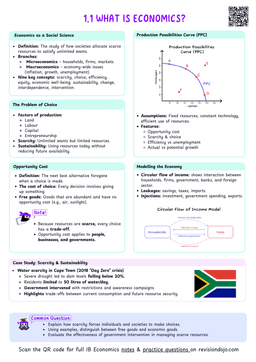How Does CRISPR-Cas9 Work?
- Guide RNA (gRNA): A short RNA sequence guides Cas9 to the specific DNA target.
- Cas9 Enzyme: Acts as molecular scissors, cutting the DNA at the target site.
- DNA Repair: The cell repairs the break, allowing scientists to:
- Disable a gene (knockout).
- Insert a new gene.
- Correct a mutation.
- Think of CRISPR-Cas9 as a GPS-guided pair of scissors.
- The gRNA is the GPS, directing Cas9 to the exact location in the DNA where a cut is needed.
Steps of CRISPR-Cas9 Gene Editing
- Design the gRNA: Scientists create a gRNA complementary to the target DNA sequence.
- Introduce the System: The gRNA and Cas9 are delivered into the cell.
- Target Recognition and Cutting:
- The gRNA binds to the target DNA.
- Cas9 cuts both DNA strands at the specified location.
- DNA Repair:
- Non-Homologous End Joining (NHEJ): Repairs the break but often introduces small errors, disabling the gene.
- Homology-Directed Repair (HDR): Uses a template to insert or correct DNA sequences.
When designing gRNA, ensure it is highly specific to avoid off-target effects, which can cause unintended mutations.
Example: Treating Sickle Cell Disease
- Sickle cell disease is caused by a single base mutation in the HBB gene, leading to abnormal hemoglobin.


